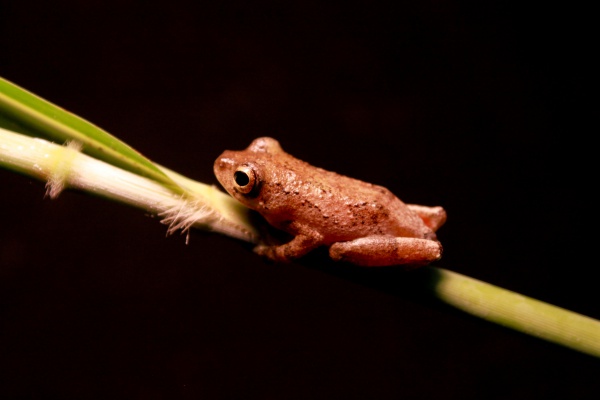Facts About Rainforest Reed Frog
The Rainforest Reed Frog, scientifically known as Hyperolius tuberculatus, is a delightful amphibian belonging to the Hyperoliidae family. These frogs are widespread across a significant portion of Africa, from southeastern Nigeria through Central Africa, including countries such as Cameroon, the Central African Republic, Equatorial Guinea, Gabon, the Republic of the Congo, and the Democratic Republic of the Congo. There is even a possibility that they inhabit the Cabinda enclave of Angola.
Interestingly, Hyperolius tuberculatus belongs to a complex group that also includes Hyperolius dintelmanni and Hyperolius hutsebauti. Some genetic studies suggest that frogs found in the eastern Democratic Republic of the Congo might actually be classified as H. hutsebauti, but additional sampling is necessary to resolve this ambiguity.
In terms of size, males of this species typically measure between 28 and 32 mm in length, while females are slightly larger, ranging from 30 to 36 mm. These frogs are easily identifiable by their warty backs and hourglass patterns. Their horizontal pupils contribute to their distinctive appearance. Female frogs usually exhibit a uniform coloration and lack the distinctive phase F coloring observed in some males.
The Rainforest Reed Frog is highly adaptable, thriving in forest clearings, degraded former forests, and secondary forests within the central African rainforest belt. They steer clear of dense, undisturbed forests. When it comes to breeding, these frogs are quite flexible, laying their eggs in both still and flowing water, whether in temporary puddles or permanent ponds. Fortunately, these frogs are not currently facing any significant threats to their population.

 Equatorial Guinea
Equatorial Guinea